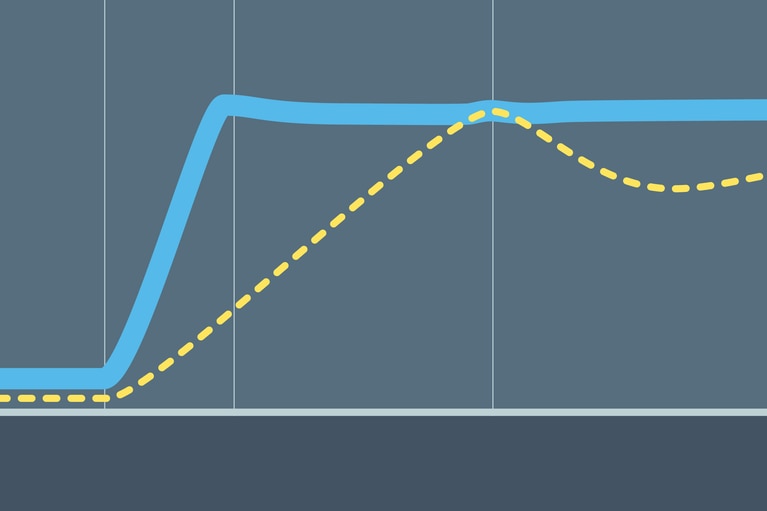
ReVolt – 技术问答
ReVolt 正在解决好莱坞片场的排放问题,下一步将把便携式 DC 电源应用于建筑工地、应急响应事件等领域
尊敬的用户:
为了改进 Vicor 网站,我们将于美国东部时间 12 月 29 日上午 11:30 至下午 2:00 对网站进行维护。
在此期间,您可能无法查看网站的某些部分,特别是产品页面和产品型号列表。
对于给您带来的不便,我们深表歉意,并感谢您的耐心等待。
– Vicor 网站团队
寻找一种高效、紧凑的解决方案来满足 EMI 要求是前所未有的更大挑战性。
在美国和欧洲,传导噪声排放需遵循美国联邦通信委员会 (FCC) 及德国电气工程师协会 (VDE) 两大标准规定的 A 类与 B 类限值要求。在美国,联邦通信委员会要求在工厂环境中运行的设备一定要符合 A 类标准,家用设备一定要符合 B 类标准(该标准更严格)。在欧洲,所有国家都要求家用及工厂设备符合 VDE B 类标准。
FCC 和 VDE 标准全球通用,是众多本地标准的基础。遵循 FCC/VDE B 类限值要求,设备可以在任何地方的大多数环境中工作。
“传导噪声”是指输入电源线上的噪声电流,由设备(与电源线相连)内的高频率开关电路产生。这类包含共模及常模噪声的噪声电流在电源与设备供电端之间流动,而且能找到其返回电源线的路径。共模传导噪声电流是两根电源线中每根电源线的单向(同相)分量,一般通过第三根(接地)导线找到返回路径。常模传导噪声电流是两根电源线中方向或相位相反的电流分量。
传导噪声的测量可使用接收器或频谱分析仪配合相关设备一起执行,以获得足够的灵敏度和过载保护,从而可确保在 100kHz 至 30MHz 的频率范围内准确、可重复地测量所有排放。受测设备 (EUT) 和接收器或分析仪均通过线路阻抗稳定网络 (LISN) 连接至电源。
线路阻抗稳定网络在受测设备和电源之间提供电源线频率(50 至 60Hz)耦合,并在频谱测量范围内确保高度隔离。接收器或分析仪可为 LISN 测量端口提供一个 50 欧姆的终端。在测量仪器输入端,这可保证传导 EMI 电流与最终电压间的固定或校准关系。
相关内容
网络研讨会:EMI 挑战及故障排除技术
ReVolt – 技术问答
ReVolt 正在解决好莱坞片场的排放问题,下一步将把便携式 DC 电源应用于建筑工地、应急响应事件等领域
双向供电与快速瞬态响应能力赋能可扩展的主动悬架系统
正弦振幅转换器™(SAC™)模块凭借其独特的双向供电功能与瞬态响应速度组合,为主动悬架系统开辟了全新可能性
提供更高的峰值功率和更快的动态瞬态响应,实现更轻、更强大的电动汽车架构
随着时间的推移,市场上的电动汽车 (EV) 对电驱动系统的依赖程度日益加深,例如线控转向、线控制动以及主动悬架系统等
电流倍增器:为 AI 处理器及其他严苛应用供电的明智之选
AI 处理器需要解决低电压、高电流的严苛挑战,这将会导致电源系统设计产生瓶颈。了解 Vicor 的电流倍增技术如何改变这一现状



